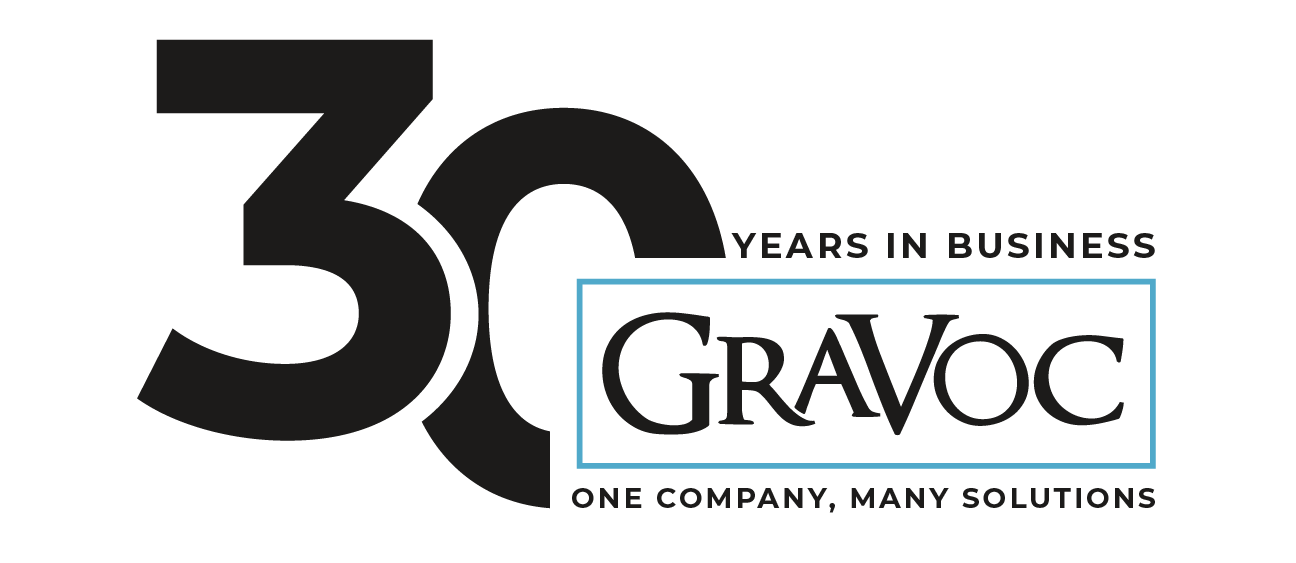“Technology and marketing have co-existed – generally to the benefit of each – for hundreds of years. In this sense, the Internet is merely one of the more recent formats for the delivery of marketing” – Eloise Coupey
Social media has changed marketing tactics more in the last 5 years than ever before. With these new marketing outlets, organizations are closing business deals, reducing overall marketing costs and generating qualified leads. So does this mean you should toss your traditional marketing efforts out the window? The answer is no. You should be integrating your current marketing plan into interactive media.
Traditional Marketing
What is considered traditional marketing? Traditional marketing is a broad category which consists of direct mail, websites, trade shows, print media, and broadcast media. Traditional marketing differs from company to company depending on the budget. Business’ with a big budget will usually advertise via TV by paying for an ad, while a smaller business may place an ad in the local newspaper.
For years now, consumers have been bombarded with these traditional advertisements, whether it be on TV or on a billboard. Because of all the clutter, advertisements have become ‘white noise’ to consumers and they seem to be sick of them. Today’s consumers have an unlimited amount of information at their finger tips, and they know it. They would rather do their own research on a product rather than have someone trying to sell it to them.
Traditional marketing seems to be fading as interactive marketing begins to take control. One of the biggest misconceptions about using interactive marketing is that business’ tend to use social media as they would with traditional marketing. Business’ try to sell their products or services directly to the consumer rather than educating the consumer and trying to build a relationship. Social media is a promotional tool that should be used to extend brand awareness, rather than trying to sell products or services. Marketers are using social media to create a buzz, increase exposure, and to help build new connections. They are not trying to directly sell you something.
Interactivity
Interactivity is what makes marketing on the Internet different from other mediums of direct marketing. According to the Direct Marketing Association, in order to be considered interactive, a medium must meet three criteria:
- Consumers must be able to control when they view the products and what type of products they are viewing.
- Consumers must be able to control the pace at which they review products.
- Consumers must be able to order or request information directly via the medium rather than having to order through other traditional methods.
All three of these characteristics are needed to be considered interactive. This is why infomercials and television home shopping are not considered interactive, because they are presenting product information in a predetermined time frame.
With more and more people joining social media to get their brand heard, Interactive marketing is beginning to follow in the same footsteps of Traditional marketing. Promotional posts and advertisements are beginning to look like ‘white noise’ due to the overcrowding. According to research, Facebook users have become annoyed with all the ads and promotions that appear on their news feeds. Therefore starting next year, Facebook will begin to draw back on 3 specific types of promotional posts: Advertisements that do nothing but push people to buy a product or install an app; those that push people to enter promotions and sweepstakes with no real context; and those that reuse ad content in identical form. This research shows exactly why you should not use social media to push a product or a service, instead you should be building relationships.

The popularity of computers and tablets combined with the development of the Web has spawned the growth of electronic technology. Integrating traditional marketing into interactive marketing is not hard, as long as you clearly understand all aspects of the Internet in order to take full advantage of this new and enabling technology. Interactive marketing provides another means for reaching consumers directly, and therefore should be combined with previously successful traditional marketing techniques to maximize your success rate.
Resources
Spiller, Lisa, Martin Baier, and Lisa Spiller. Contemporary Direct & Interactive Marketing. Upper Saddle River, NJ: Prentice Hall, 2010. Print.
DEMERS, JAYSON. “Interactive Content Marketing: A Glimpse Into the Future of Content Marketing.” Inc.com. <http://www.inc.com/jayson-demers/interactive-content-marketing-a-glimpse-into-the-future-of-content-marketing.html>.
The Social Media Marketing Conference. SkillPath Seminars, Mission, KS.
Related articles
How to Make Your eCommerce Store Stand Out
In this blog post, we explore 12 must-have eCommerce website design features to make your online store stand out from the crowd.
Reimagining the Burns Landscape & Snow Management Website
Check out the redesigned Burns Landscape and Snow Management website! Our team optimized the website’s user experience and search visibility.
What is WooCommerce? Your Guide to the WordPress eCommerce Platform
What is WooCommerce? A complete guide to the eCommerce plugin for WordPress, including benefits, extensions, and hosting solutions.




